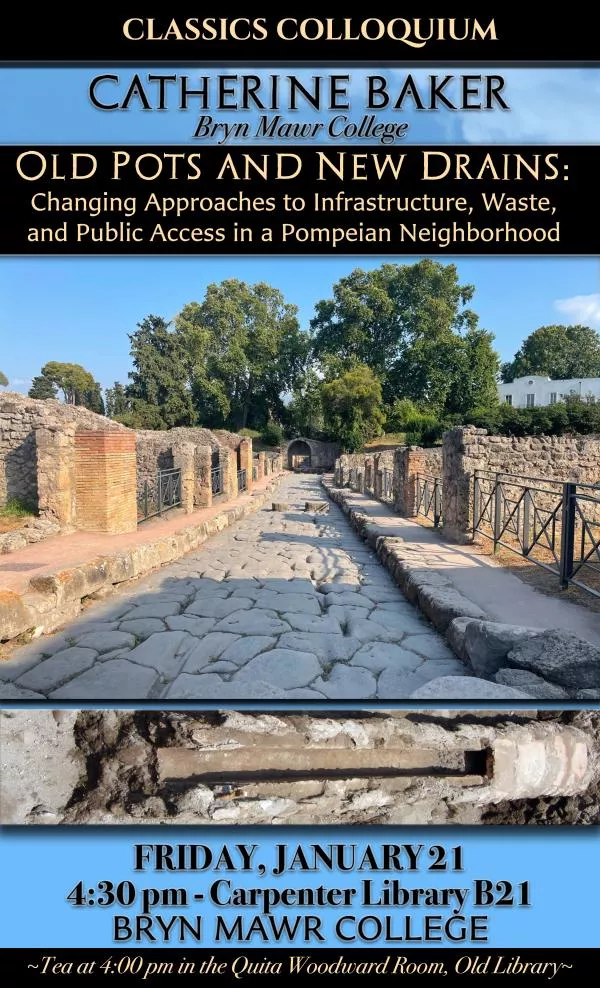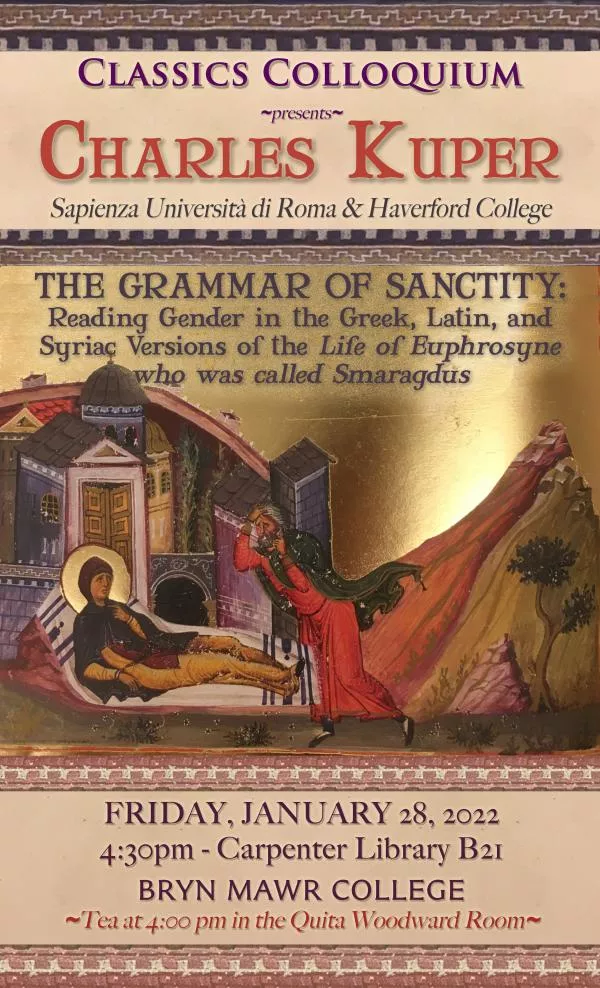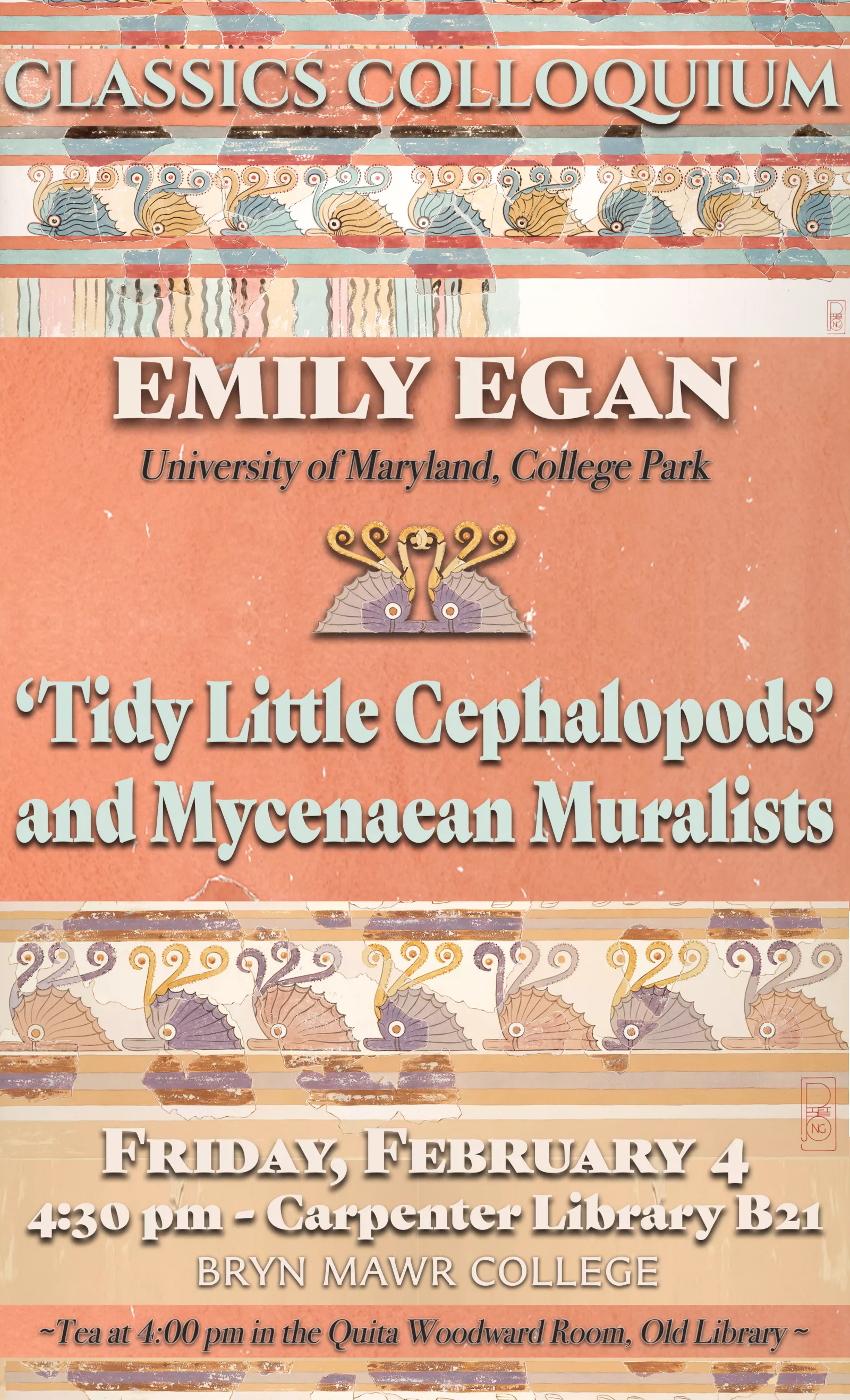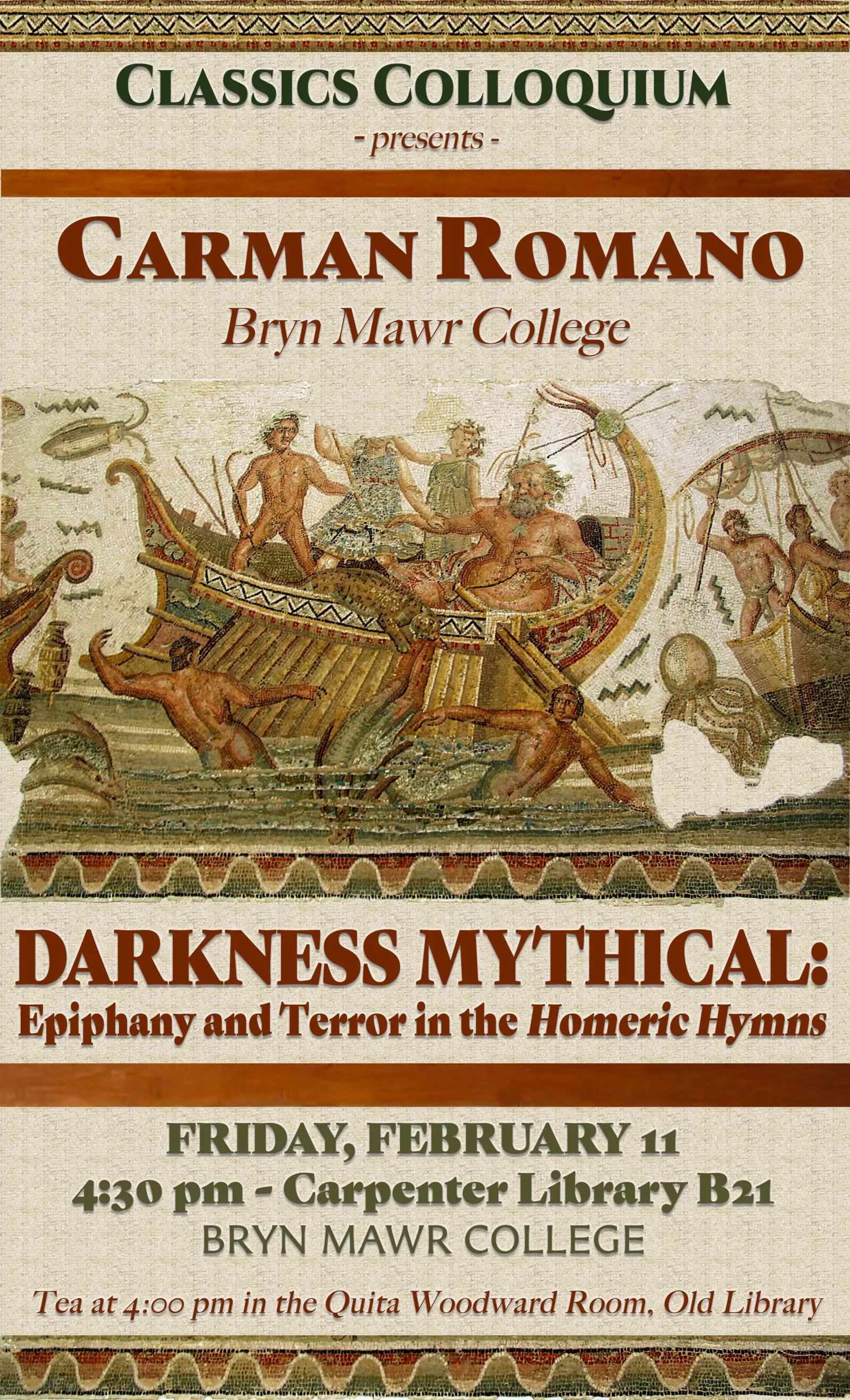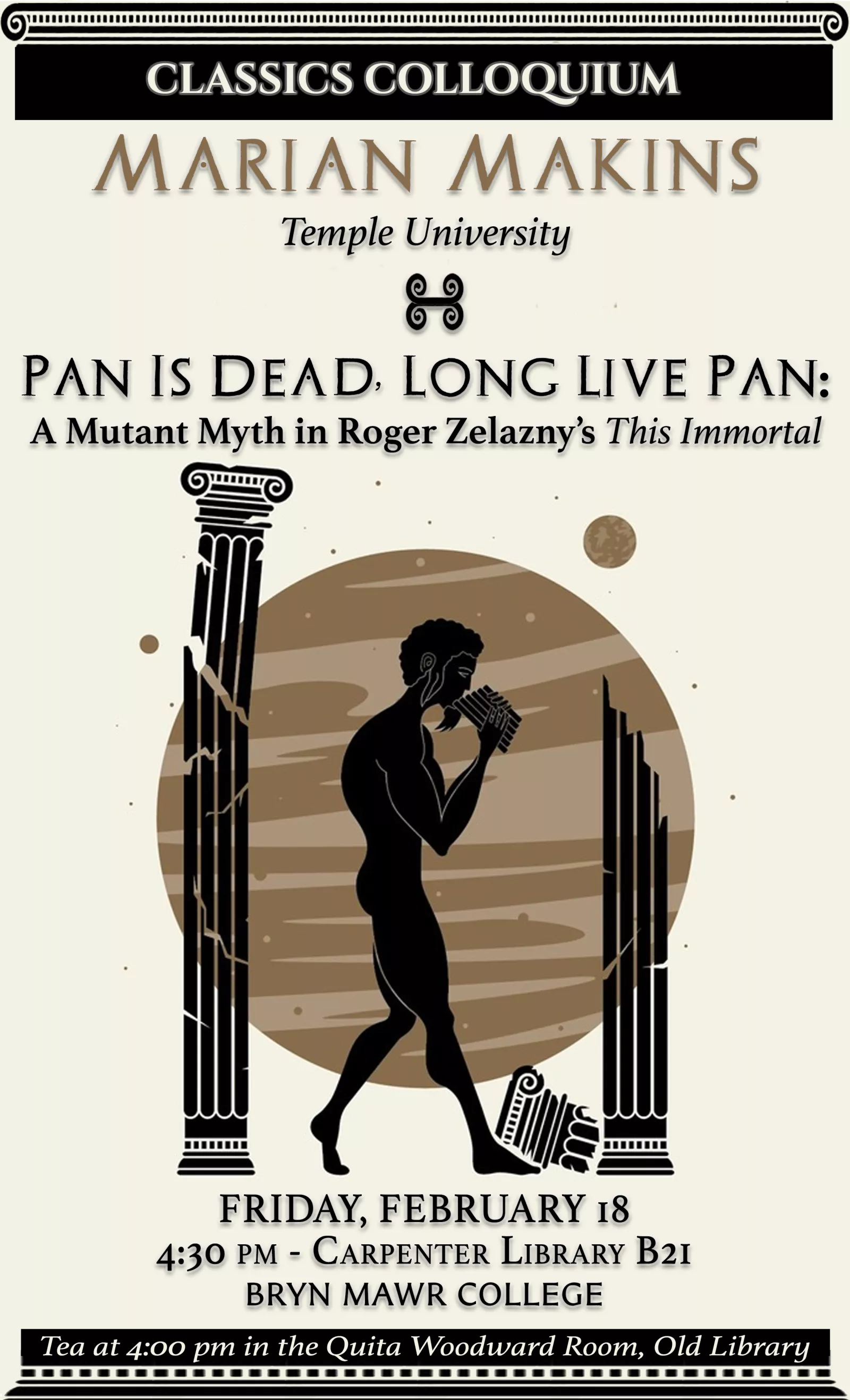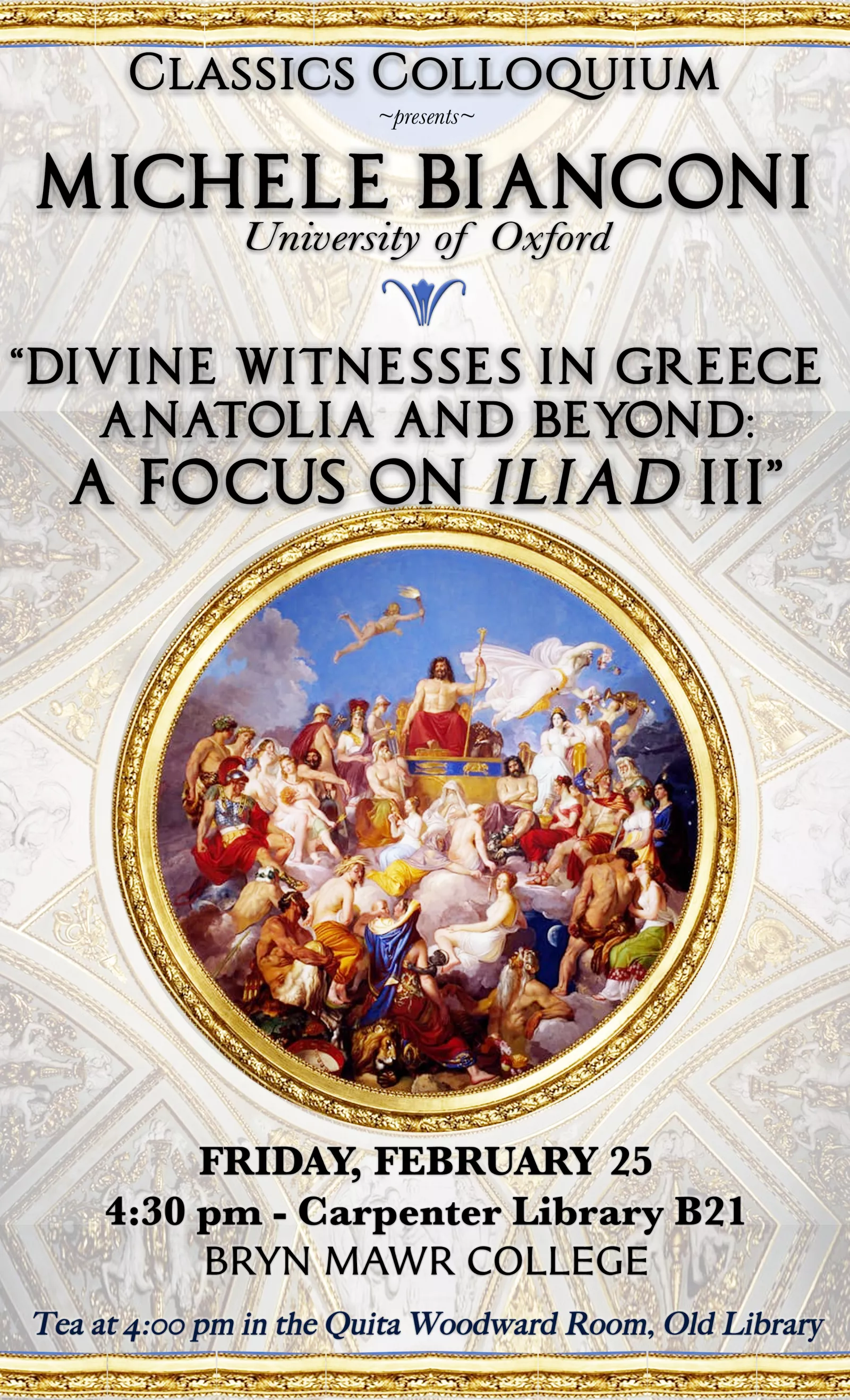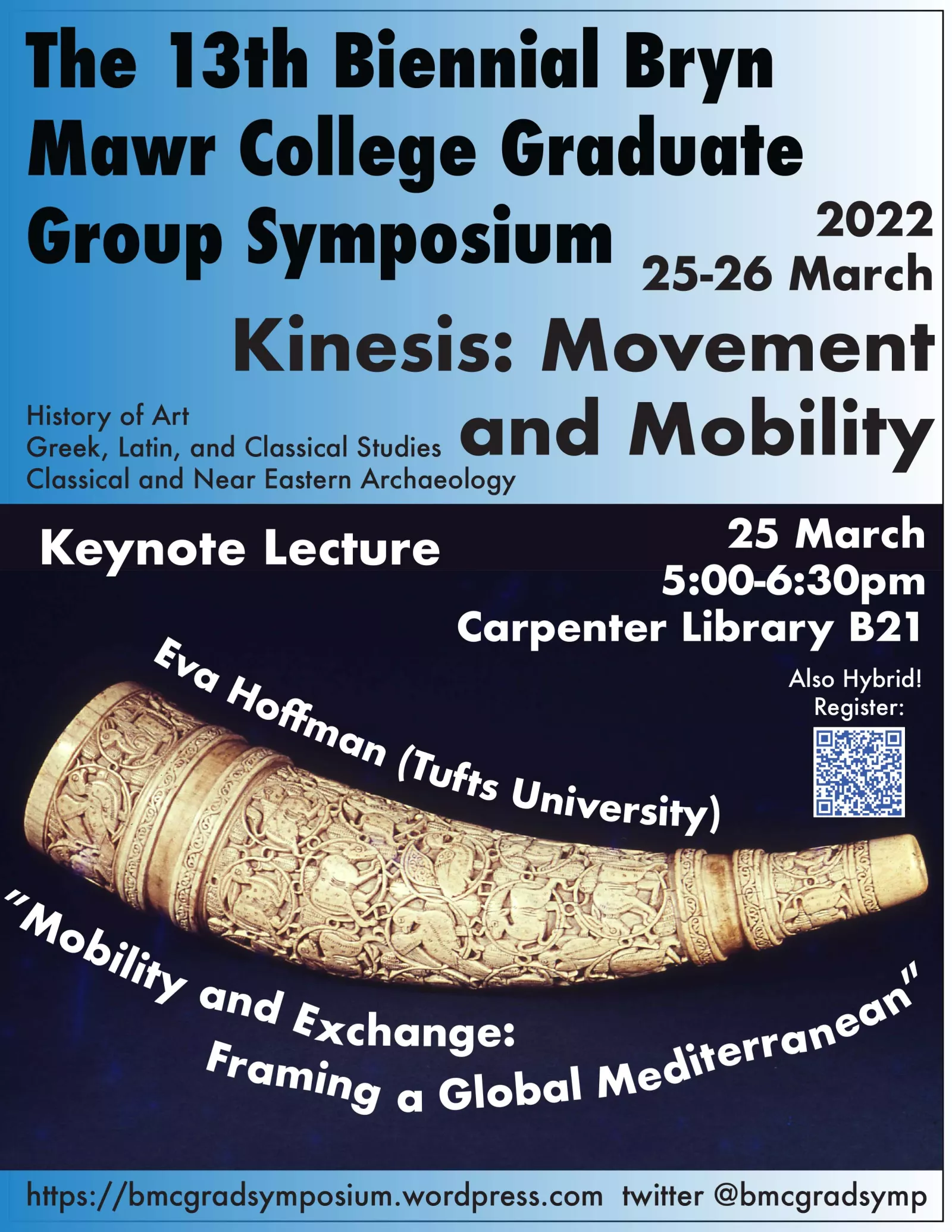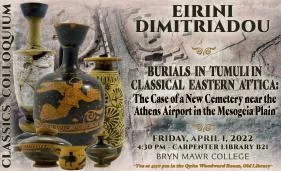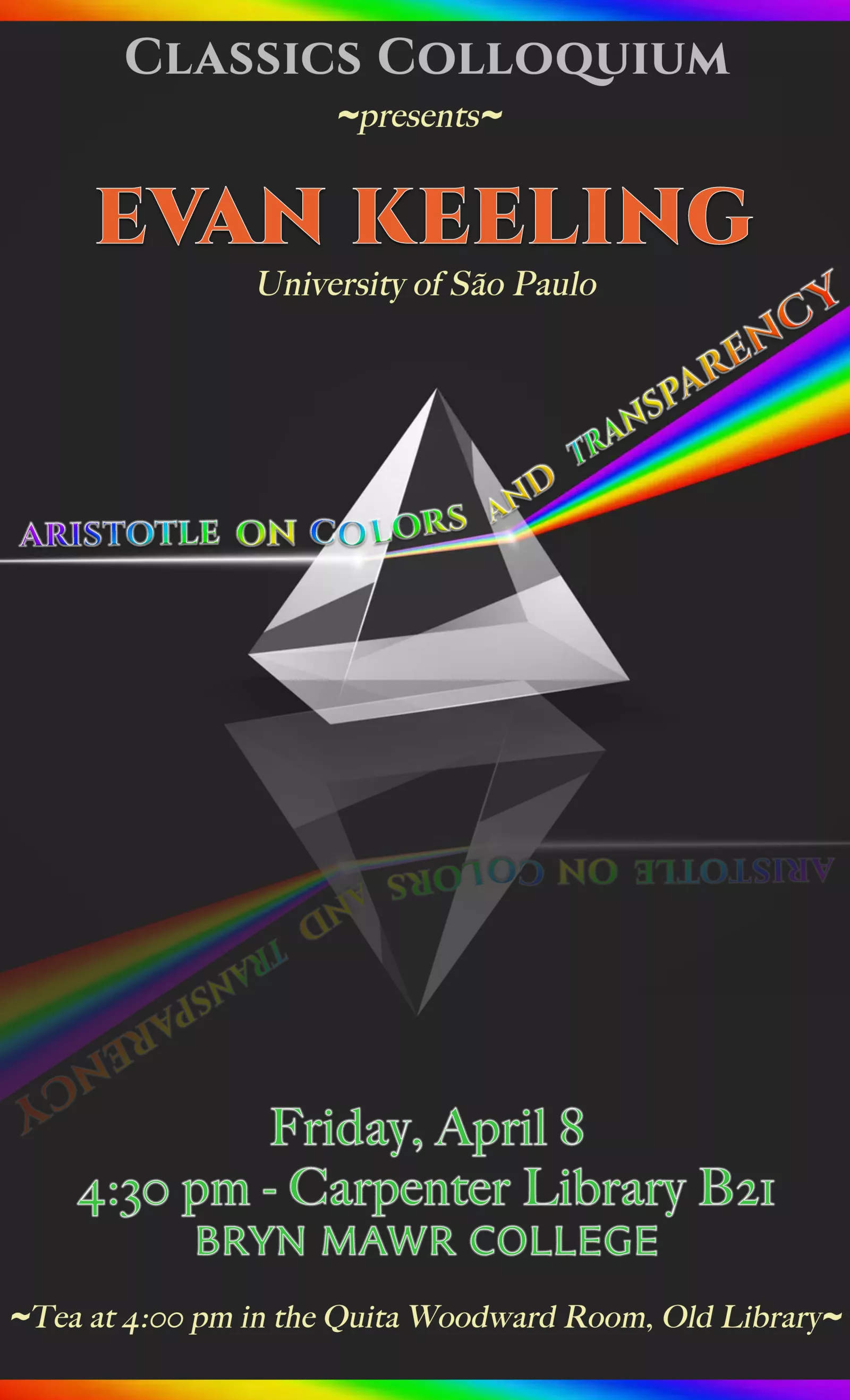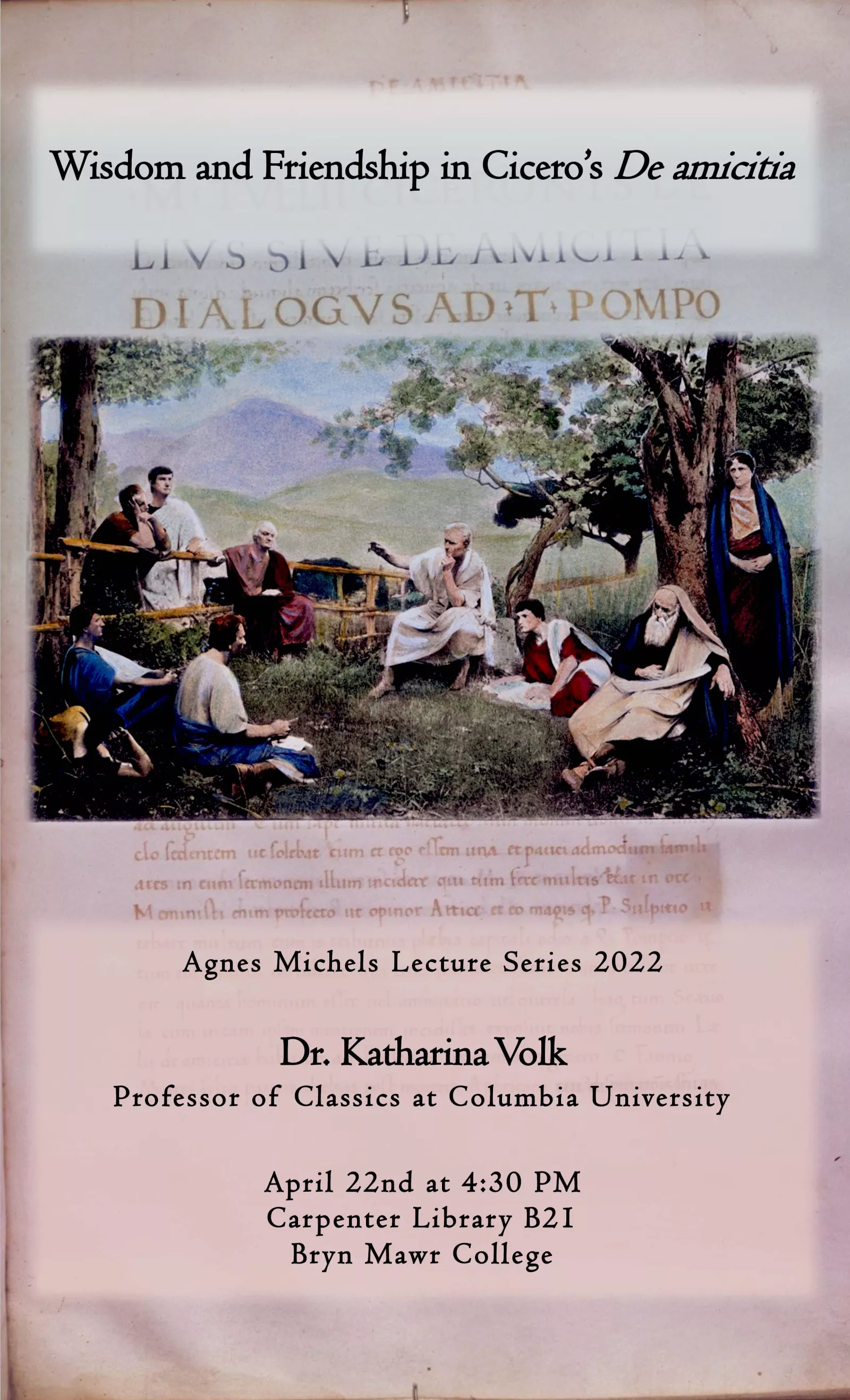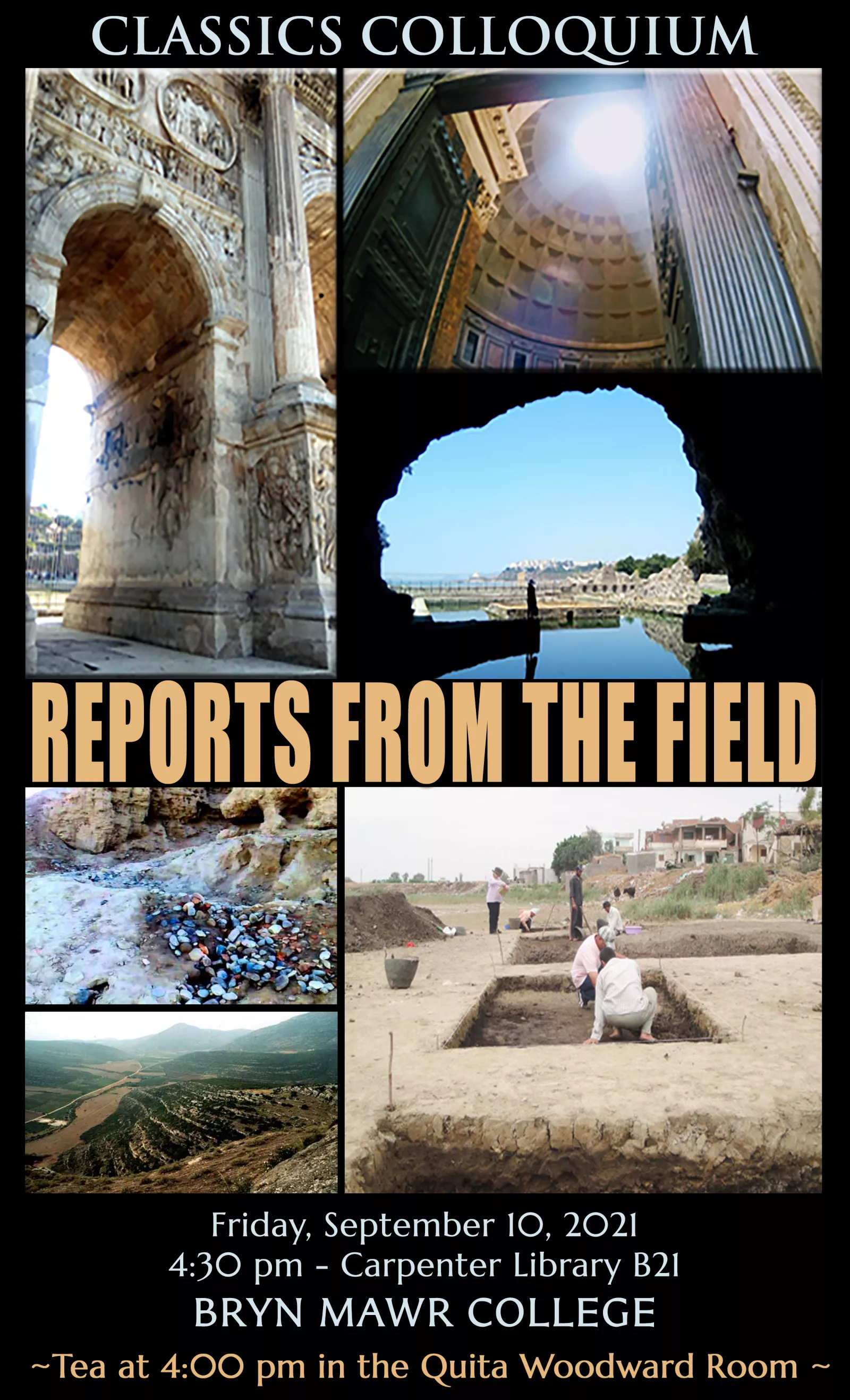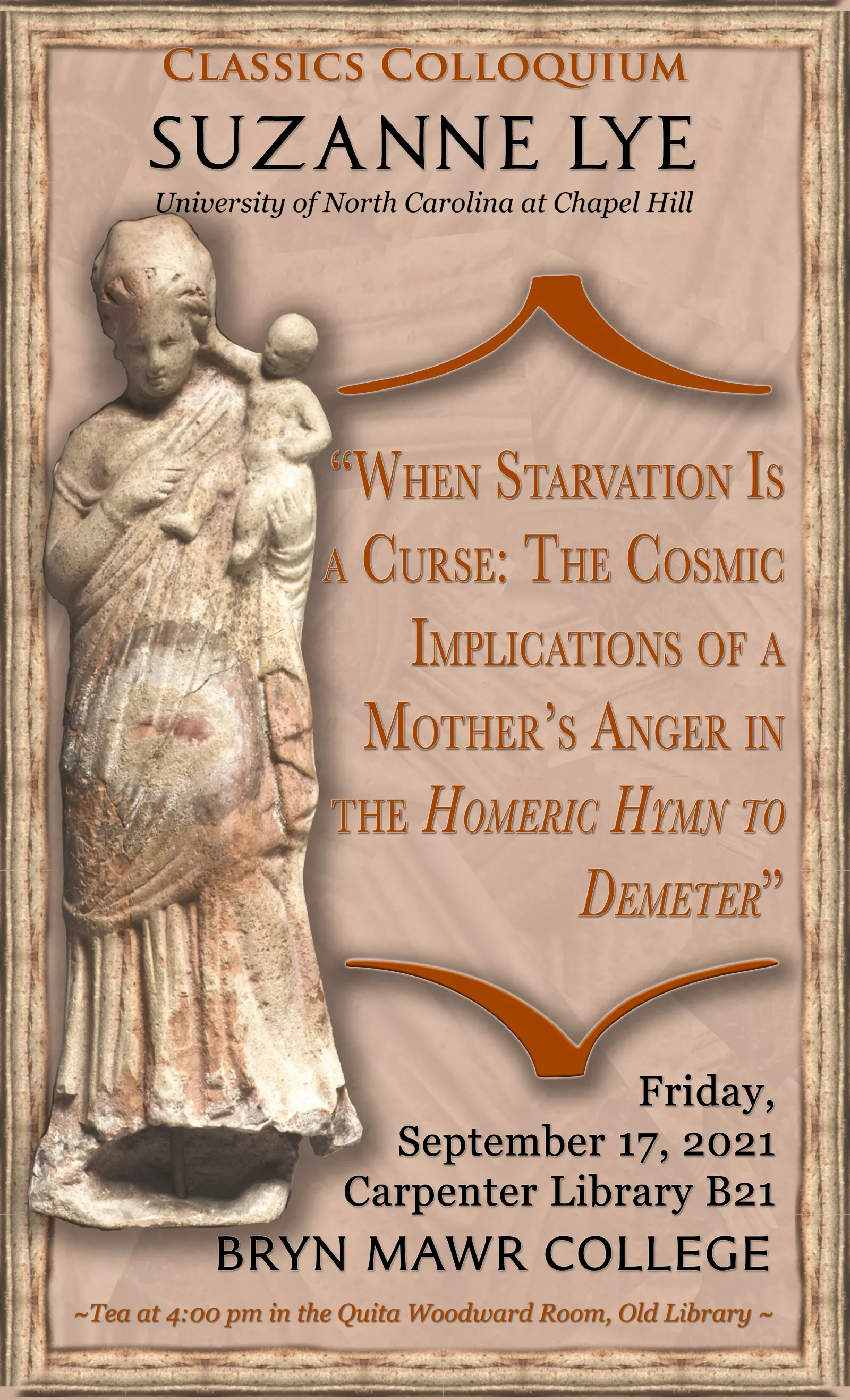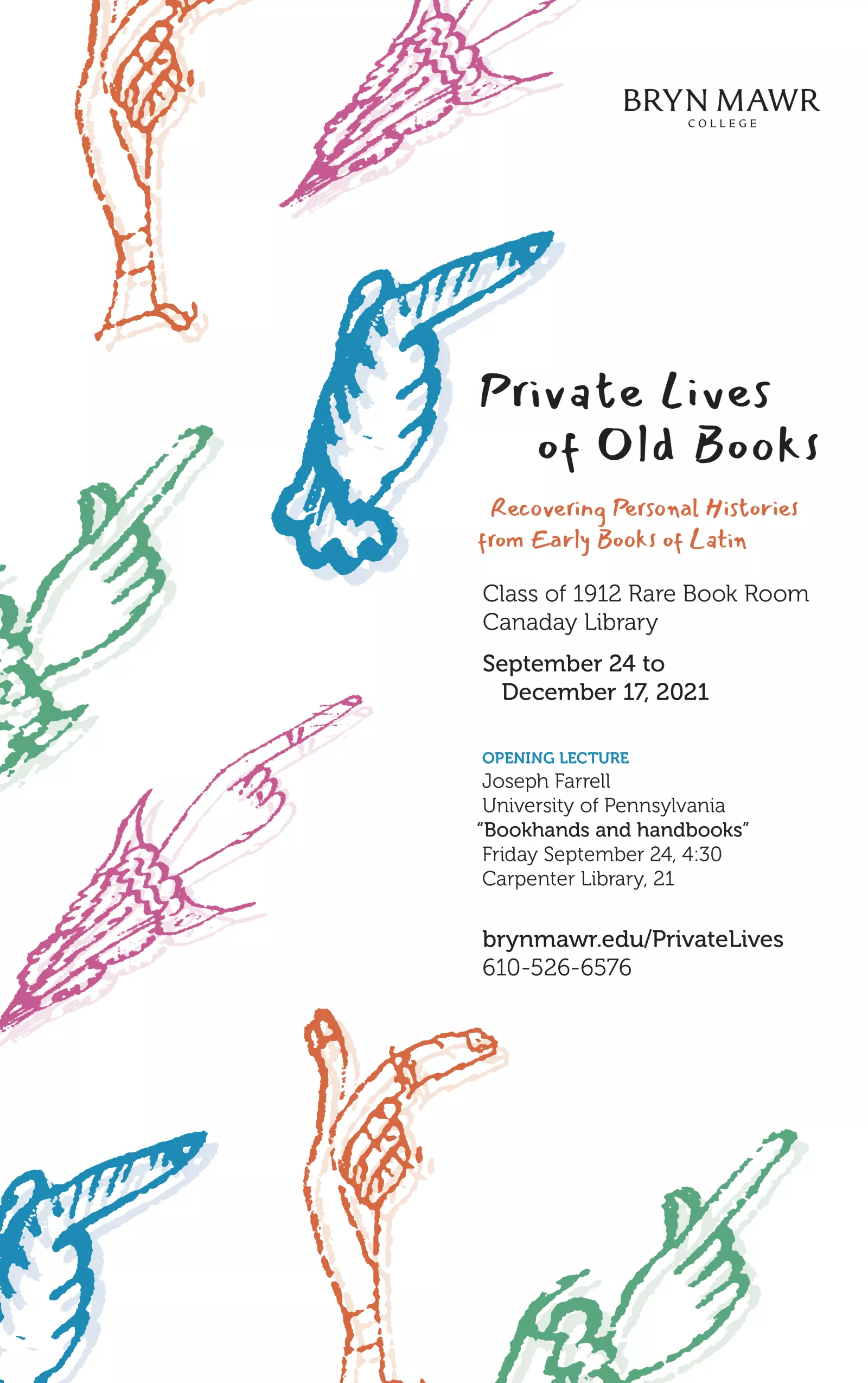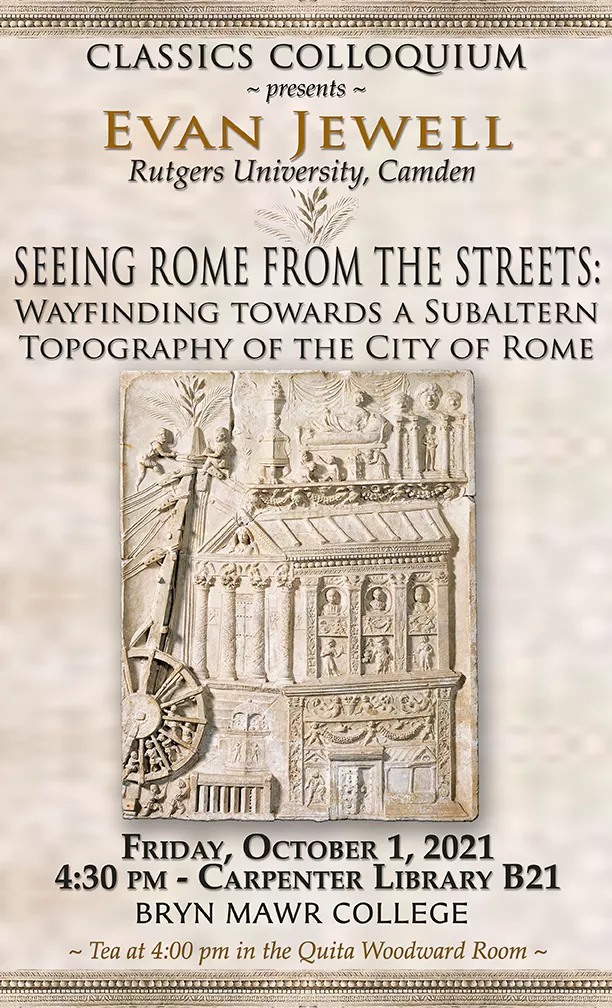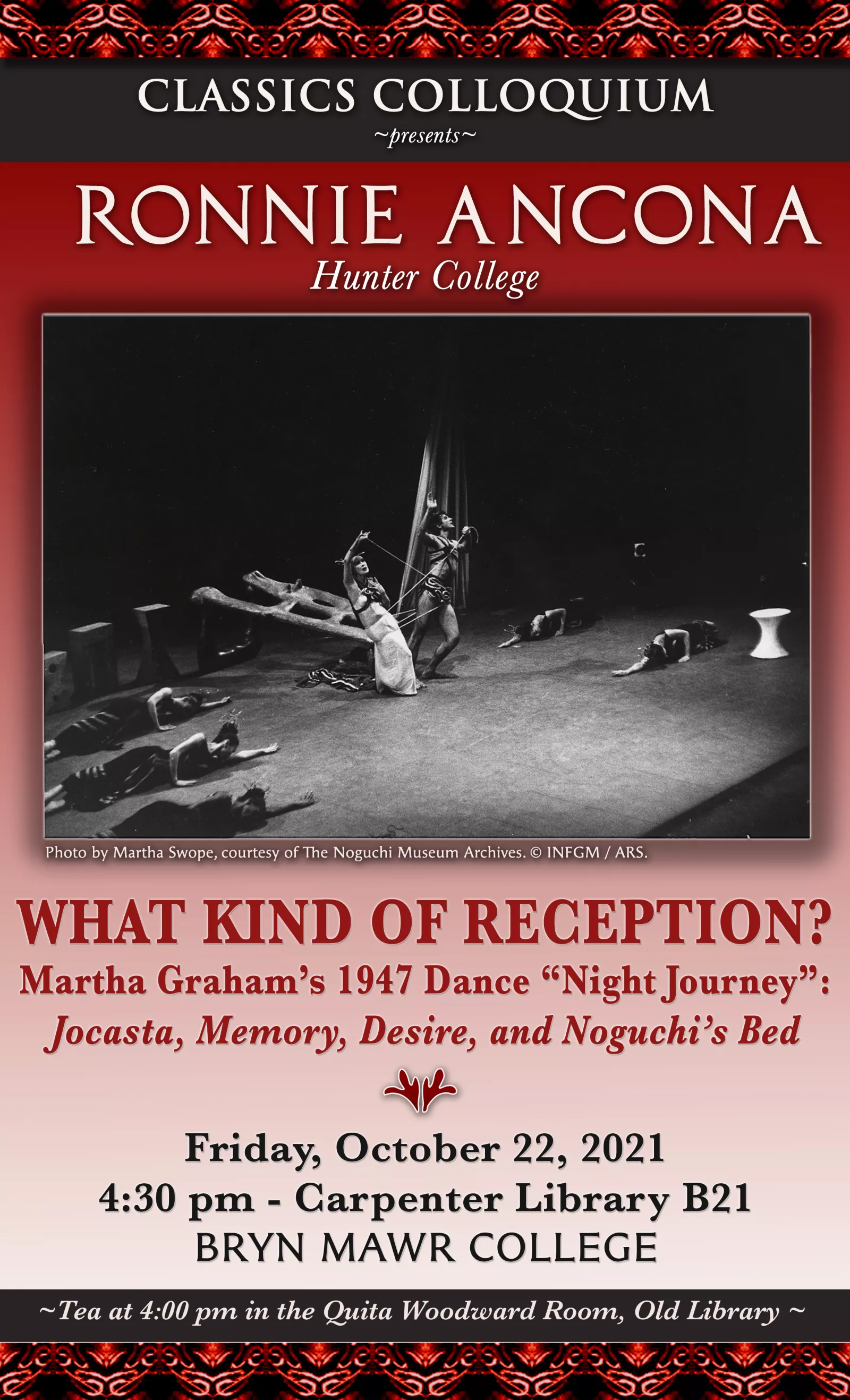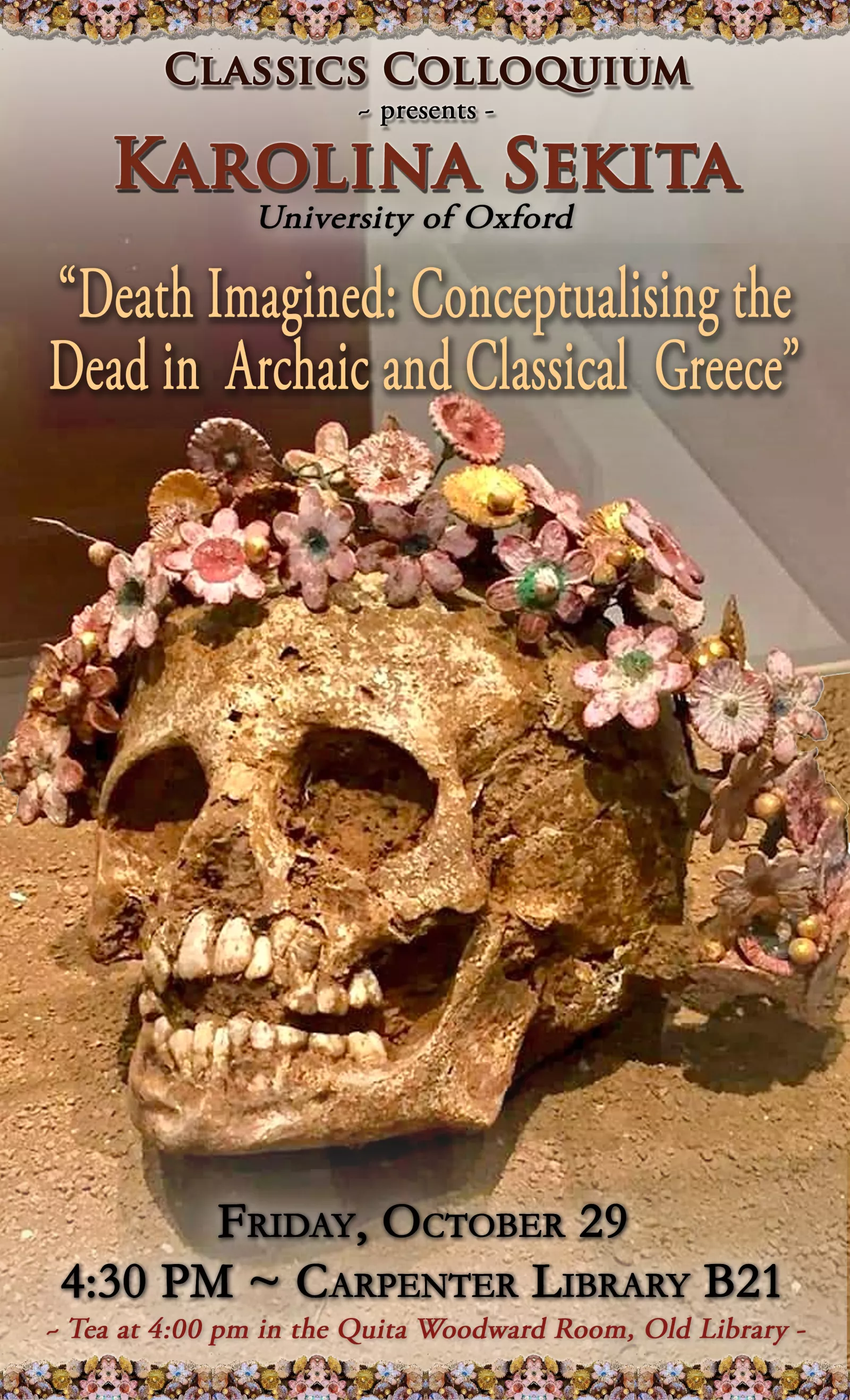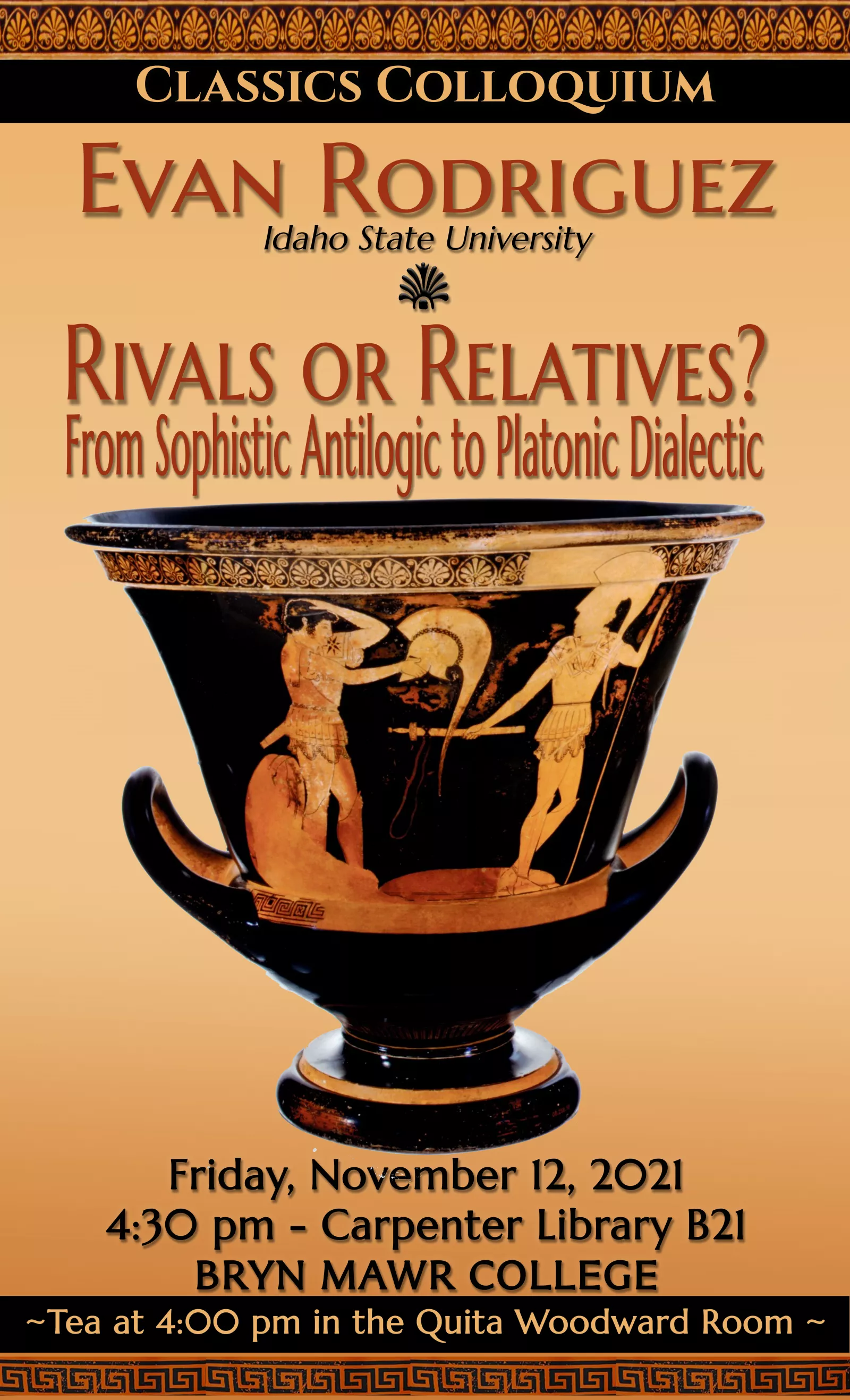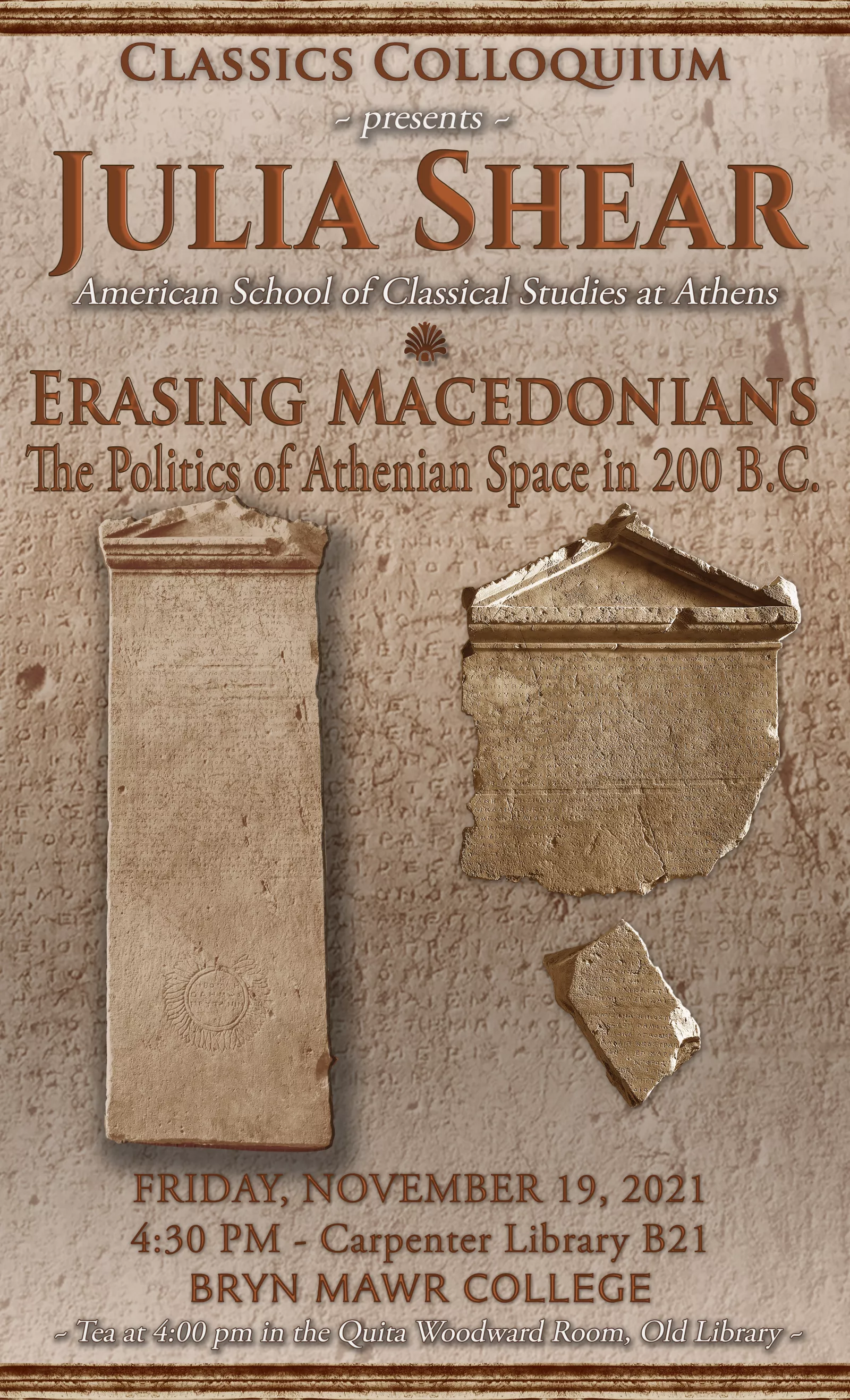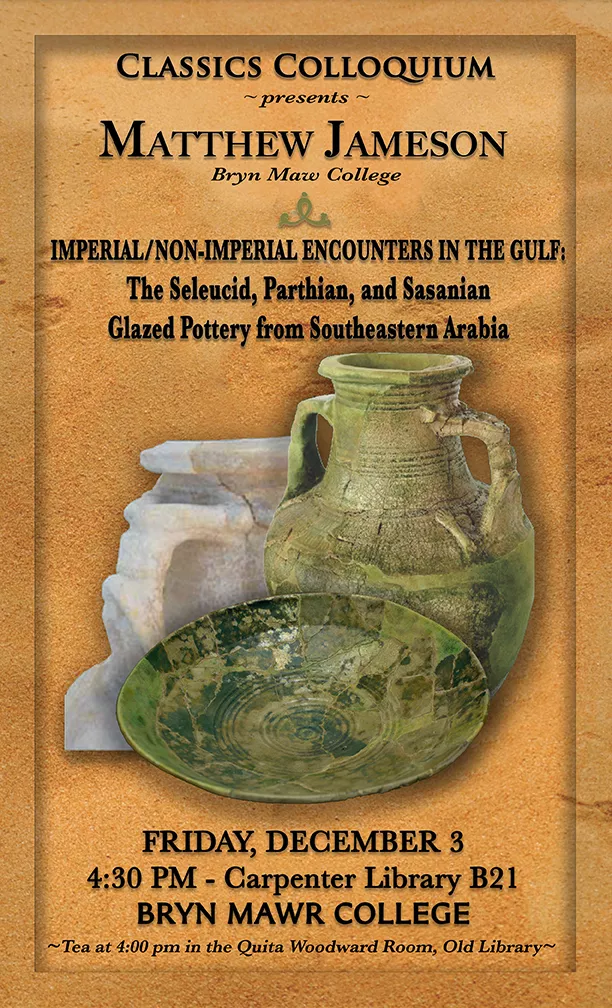Colloquia and Events 2021/2022
Spring 2022 Classics Colloquia
Jan. 21
Catherine Baker
Bryn Mawr College
“Old Pots and New Drains: Changing Approaches to Infrastructure, Waste, and Public Access in a Pompeian Neighborhood.”
Click here to watch the Zoom event recording.
Infrastructure connected with the removal of wastewater forms an important, yet often overlooked, element of the urban landscape. In the Roman city of Pompeii, wastewater infrastructure often took the form of either underground soak-away systems made from reused amphorae, which distributed wastewater beneath floors, or purpose-built drains, which removed wastewater out into the street. Baker explores how these approaches to wastewater removal and infrastructure in Pompeii changed over time, tracing their presence and use at the level of individual households, entire neighborhoods, and finally throughout the city. Through an examination of the architectural, faunal, and ceramic evidence associated with these systems, particularly those recently excavated by University of Cincinnati’s project in the non-elite Porta Stabia neighborhood, Baker demonstrates that shifts in approaches to wastewater infrastructure were closely tied to the wider needs, economic and material resources, and even political circumstances of the city.
Jan. 28
Charlie Kuper
Haverford College
“The Grammar of Sanctity: Reading Gender in the Greek, Latin, and Syriac versions of the Life of Euphrosyne who was called Smaragdus”
Click here to watch the Zoom event recording.
In the Life of Euphrosyne, Euphrosyne escapes from an unwanted marriage proposal by disguising herself as a eunuch named Smaragdus and then living in a male monastery for thirty-eight years. Moments before death, however, the protagonist reveals herself as Euphrosyne to her father, who had unknowingly visited the saint for spiritual guidance. In this paper, Kuper discusses the literary strategies used by the author of the Greek original to complicate and draw attention to the saint’s gender identity. Most notably, when Euphrosyne adopts the name Smaragdus, the gender pronouns shift from feminine to masculine in all layers of the narrative. Euphrosyne, it seems, is no more; he is Smaragdus. Kuper then shows how the Greek manuscript tradition and its Latin and Syriac counterparts can help reconstruct a lively conversation about the identity of the saint, and he sets this conversation within its late antique context through comparanda from ancient grammars, theological commentaries, Roman law, and other monastic texts.
Feb. 4
Emily Egan
University of Maryland, College Park
“‘Tidy Little Cephalopods’ and Mycenaean Muralists”
Click here to watch the Zoom event recording.
This talk will take a deep “dive” into marine iconography of the Late Bronze (ca. 1600-1100 BCE) Aegean, and in particular the representation and meaning the argonaut – an unusual pelagic cephalopod that grows its own shell. A close cousin of the more popular octopus, the argonaut is depicted in a wide range of artistic media including ceramics, metalwork, ivory, glass, and wall paintings. It is the last group that form the focus of Egan’s ongoing research, centered on examples from the Mycenaean Palace of Nestor at Pylos first studied and published (in 1969) by Bryn Mawr Professor of Greek, Mabel Louise Lang (1917-2010). In Lang’s interpretation, these “tidy little cephalopods,” often shown strung out like beads on a necklace, served in a primarily ornamental capacity. Egan’s research builds on this early theory and considers the possible symbolism(s) of the Pylian argonauts, as well as their potential to inform us about the observational habits and painting practices of Mycenaean muralists.
Feb. 11
Carman Romano
Bryn Mawr College
“Darkness Mythical: Epiphany and Terror in the Homeric Hymns”
Click here to watch Zoom recording.
In this talk, Romano explores the ways in which storytellers leverage scenes of divine epiphany to make some kind of statement about the relationship between the god and the human being acting it out. Using the Homeric Hymns as a test case, she first lays out how epiphany tends to generate terror in any human participant/s in the scene and then move to examine a particular scene in the Homeric Hymn to Demeter, wherein epiphany fails to generate the expected negative emotional response. Demeter’s gift of the Mysteries, delivered during this epiphany, explains the lack of terror experienced by the humans experiencing the goddess’ advent and speaks to the efficacy of the new rites. An appreciation for these terrific epiphanic case studies and their subversions might help better understand other, even non-mythical narratives of epiphany, such as Herodotus’ scathing report of the epiphany of a faux “Athena” to some uncharacteristically foolish Athenians.
Feb. 18
Marian Makins
Temple University
“Pan Is Dead, Long Live Pan: A Mutant Myth in Roger Zelazny’s This Immortal”
Click here to watch Zoom recording.
The plot of Roger Zelazny’s 1966 Hugo Award–winning novel …And Call Me Conrad (later re-titled This Immortal) follows a group of travellers through what remains of Greece following a nuclear cataclysm. The characters marvel at myth come to life around them: satyr- and centaur-like creatures roam the hills; monsters threaten communities, setting the stage for heroic action; and group leader Conrad Nomikos appears to have inhabited many identities in his improbably long life, including folk hero Karaghiosis and the goat-footed god Pan. In this talk, Makins examines the figure of Conrad as a reception of Pan for the post-nuclear age, discussing Zelazny’s creation alongside both ancient literary texts and modern works of speculative fiction such as Stephen King’s “The Lawnmower Man” (1975) and Rick Riordan’s Percy Jackson and the Olympians: The Battle of the Labyrinth (2008). She further argues that Conrad – with his succession of identities and tendency to criticize or attempt to control others’ readings and (re)use of myths, including his own – offers a useful framework for thinking about the process of myth reception more generally.
Feb. 25
Michele Bianconi
University of Oxford
“Divine witnesses in Greece, Anatolia, and beyond: a focus on Iliad III”
Click here to watch Zoom recording.
By looking at possible foreign models for a famous passage in the third book of the Iliad (276-280, Bianconi demonstrates that the field of Graeco-Anatolian studies both lends itself to more fine-grained analyses based on known material, and – thanks to the dramatic advances in Anatolian philology – provides “new wine for old bottles”, allowing us to add fresh new data to ongoing discussions. Specifically, a new piece of evidence, a Luwian inscription from Tell Ahmar (ca. 900 BCE), shows a non-trivial parallel with the Homeric text: the Iliadic passage lists heavenly gods, rivers, earth, and underworld gods, and the Tell Ahmar text contains set of specific gods (some of which also appear in Il. 3.276-280), which include heaven and earth, mountains and riverlands. Bianconi evaluates this parallel taking into account the evidence from other (IE and non-IE) traditions and looks at the issue from the three lenses of contact, variation, and reconstruction.
March 25 at 5:00 pm
Keynote Lecture for the 13th Biennial Bryn Mawr College Graduate Group Symposium, Kinesis: Movement and Mobility
Eva Hoffman
Assistant Professor Emerita, Tufts University
"Mobility and Exchange: Framing a Global Mediterranean"
Register here to attend her talk through Zoom. The lecture will be followed by a reception.
The full program is available on the symposium website.
April 1
Eirini Dimitriadou
Harvard University
“Burials in Tumuli in Classical Eastern Attica: the case of a new cemetery near the Athens airport in the Mesogeia plain”
Click here to register for the Zoom event.
Rescue excavations conducted by the Ephorate of Eastern Attica revealed a classical cemetery organised in tumuli (burial mounds) at the center of the Mesogeia plain in Eastern Attica, in contact with the SE corner of the International Airport of Athens (El. Venizelos). The excavations brought to light a cluster of three tumuli situated on both sides of an ancient crossroad. Opposite them, next to a second intersection of three roads and near a small ‘shrine’ another group of graves was excavated. The finds coming from the tombs, although fragmented by successive looting even in antiquity, testify, besides the wealth of the classical cemetery, the existence of a burial site/ground at the same place since the Middle Geometric period. The tumuli burials were organized in oikos/families, as usual, and include inhumations, primary cremations and pithos burials. This new cemetery is a further evidence for the constitution of "multinuclear" demoi all over the Mesogeia plain, suggesting that the countryside was sparsely populated in comparison to Athens.
April 8
Evan Keeling
University of São Paulo
"Aristotle on Colors and Transparency"
Click here to register for the Zoom event.
Aristotle holds that for us to see, both the medium of vision and the inner eye must be transparent. This is easy to understand. We must be able to see through air or water to see the colors of objects. And since vision doesn’t really occur in the eye, it must be able to transmit the color to the central sense-organ. In other words, air, water and eyes are necessary for vision because they pass along the colors of other objects. But for Aristotle, actually transparent things like glass, air and water are also themselves visible, and not just because we can see through them. Even more surprising, colors are visible because colored objects are more or less transparent. So transparency is the key to understanding the visibility of everything. The aim in this talk is to begin to explain what transparency is and how it plays this role.
April 22
Katharina Volk
Columbia University
Agnes Michels Lecture: “Wisdom and Friendship in Cicero’s De amicitia”
Click here to watch Zoom recording of event.
April 29
Caterina Pellò
University College London
“A Rehearsal for Death: Early Greek Views of Sleeping and Dying”
Click here to register for the Zoom event.
Aristotle accuses the Presocratics of not treating the study of living beings in too much detail nor drawing sharp distinctions between them (On Respiration 1.22.470b29-31; On the Generation of Animals 5.8.788b10-15). But: what if the Presocratic attention to the similarities and continuity between living being and living process is not a flaw, as Aristotle suggests, but the very foundation of their biological theories? Specifically, this talk will focus on the mechanisms that rule the contiguous states of sleep and death. The Presocratics believed that there was a substantial continuity between the processes of falling asleep and dying. Sleep is a temporary, rather than permanent, interruption of vital functions. This makes sleep a ‘rehearsal for death’, as Anaxagoras defines it (Fr. 34), and the only ante mortem event one can investigate. The continuity of vital functions will then lead to a response to Aristotle about the extent to which the Presocratics advocated a less anthropocentric and more holistic and integrated view of the cosmos.
Fall 2021 Classics Colloquia
Sept. 10
"News from Abroad: Reports from the Field"
Students who have engaged in scholarly activities beyond the walls of Bryn Mawr and Haverford, report on their experiences, be it in the excavation trenches, in the libraries with research fellowships, or even in online coursework.
Sept. 17
Suzanne Lye
University of North Carolina at Chapel Hill
'When Starvation Is a Curse: The Cosmic Implications of a Mother's Anger in the Homeric Hymn to Demeter"
Click here to view recording.
Passcode: E&^KzN$4
Sept. 24
Joseph Farrell
University of Pennsylvania
"Bookhands and Handbooks"
This is the opening lecture of the Exhibition "Private Lives of Old Books,"
Click here to learn more about the exhibition.
Oct. 1
Evan Jewell
Rutgers University, Camden
"Seeing Rome from the Streets: Wayfinding towards a Subaltern Topography of the City of Rome"
Click here to view the recording.
Passcode: RLs*93=e
Abstract:
The long-standing study of Roman topography has primarily occupied itself with locating buildings, monuments, and other features mentioned in literary and documentary texts on an aerial view map, but most Romans did not navigate or conceive of their city’s space in this way on a quotidian basis. Jewell adopts the spatial apparatus of “wayfinding” and “wayshowing”, to approach the evidence—from slave collars to brick stamps—anew, at street-view, for what they reveal about the fundamental role of landmarks in the city of Rome for everyday navigation. In particular, a corpus of epitaphs from Rome, which commemorate the specific location of the deceased’s business or occupation, allows scholars to sketch the partial outlines of non- and sub-elite topographies of the city. The architectural frieze from the Tomb of the Haterii that focuses on its representation of two inscribed arches can be seen as enacting the familial commemoration of their most well-known places of labor.
*Oct. 21
(Thursday)
Geoff Bakewell
Rhodes College
"Mining, Metal, and Money in Plato's Republic"
Oct. 22
Ronnie Ancona
Hunter College
“What Kind of Reception? Martha Graham’s 1947 Dance “Night Journey”: Jocasta, Memory, Desire, and Noguchi’s Bed"
Stemming from Ancona’s current project, Classical Reception of Greek Myth in Modern Dance and the Visual Arts: The Collaboration of Martha Graham and Isamu Noguchi, the first part of the talk addresses some of the larger issues involved with Graham’s reception of Greek myth in numerous dances and her collaboration with the sculptor and set designer Isamu Noguchi. The second part focuses specifically on Graham’s reception of the Oedipus story in her 1947 dance piece, “Night Journey.” Graham, as both choreographer and dancer, typically distilled features of Greek myth that interested her mind and her body (as performer). This piece is a woman-centered exploration of desire, memory, and a “bed” (designed by Noguchi). Jocasta is the central figure with Oedipus, Tiresias, and the Chorus in supporting roles. Graham’s work and her collaboration with Noguchi show how Classics, specifically Greek myth, was re-imagined through movement, images, and objects, rather than words, in the mid-twentieth century, and with a woman at its center (Graham/Jocasta). One of the values of classical reception is its ability to have Classics continually reinvent itself.
Oct. 29
Karolina Sekita
University of Oxford
"Death Imagined: Conceptualising the Dead in Archaic and Classical Greece"
Nov. 5 at 9 a.m.
The C. Densmore Curtis Lecture presented by the graduate students in the Department of Classical and Near Eastern Archaeology
-
Gunnel Ekroth
Uppsala University
“No Sticky Fingers at Epidauros? Regulating Worshippers’ Access and Movements at an Incubation Shrine”
Online via Zoom and in-person in Carpenter Library B21 at 9:00 am.
Click here to Register for the Zoom event.
Nov. 12
Evan Rodriguez
Idaho State University
“Rivals or Relatives? From Sophistic Antilogic to Platonic Dialectic”
Abstract:
The story of Greek philosophy is much more dialogical and inclusive than the dominant narratives often suggest. This is true even when it comes to one of the most notorious rivalries of the classical period: the rivalry between Plato and the sophists. Initially, Plato appears to offer an unflattering portrayal of the sophists, suggesting a simple contrast between the methods we should pursue and those we should avoid. On one common interpretation, this is because the sophists simply care about power and persuasion, whereas Plato values truth above all else. On another, Plato is overly optimistic about the power of human reason, while the sophists appropriately contextualize our own abilities and recognize the mediating role of human constructs. These contrasts, however, project contemporary debates onto what scholars have perceived as their ancient counterparts. Focusing instead on methodological similarities reveals that both form a single family of inquiry, one that suggests a series of productive connections and a broader conversation about how to inquire effectively.
Nov. 19
Julia Shear
American School of Classical Studies at Athens
“Erasing Macedonians: The Politics of Athenian Space in 200 B.C.”
Abstract:
Under increasing external pressure, in 200 B.C., the Athenians abandoned the policy of strict external neutrality which they had pursued since 229 when they literally bought back their freedom from the Macedonians. At that point, they declared war on King Philip V of Macedon and engaged in a period of erasing Macedonians from their inscribed documents and their cityscape. In this colloquium, Shear asks how these erasures affected the images presented by the inscriptions and what the texts and their images tell us about the politics of space in Athens at this time. As she argues, the war against the Macedonian king required a change in the image of the good citizen, and not all earlier honorary monuments could accommodate this new imagery. The processes of erasure did not take place evenly throughout the city but were focused on areas that were already particularly connected with citizens.
Dec. 3
Matthew Jameson
Bryn Mawr College
"Imperial/Non-Imperial Encounters in the Gulf: The Seleucid, Parthian, and Sasanian Glazed Pottery from Southeastern Arabia"
Abstract:
Glazed pottery from Mesopotamia appeared in southeastern Arabia during the late pre-Islamic period (c. 300 BCE – 7th century CE) and neither the mechanisms through which it arrived nor its use in local contexts is fully understood. It is found alongside a set of objects that signal increased connectivity with the wider worlds of the Indian Ocean, MENA region, and the Mediterranean. Previous scholarship has focused on the extent to which the imperial powers of the Seleucids, Parthians, and Sasanians controlled trade routes in the region. Such approaches overlook local agency and simplify encounters to a center-periphery model. This paper seeks to invert this model and return agency to local groups through an analysis of the trade in glazed pottery. Geochemical analysis, on the one hand, suggests the non-local pottery was transported into the region via both overland and maritime trade routes. The consumption of glazed pottery at Mleiha, Ed-Dur, and Dibba, on the other hand, demonstrates its shifting value over the long centuries of the late pre-Islamic period and its role in negotiations of local identity outside the purview of imperial interest.
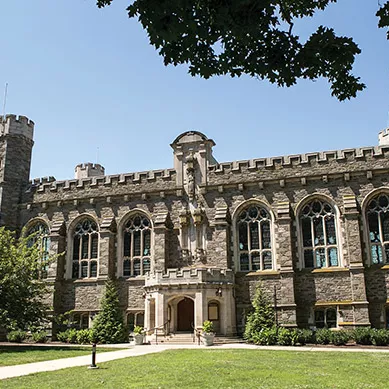
Contact Us
Greek, Latin, and Classical Studies
Old Library 103
Bryn Mawr College
101 N. Merion Avenue
Bryn Mawr, PA 19010-2899
Phone: 610-526-5083
Radcliffe Edmonds, Chair redmonds@brynmawr.edu
Leslie Lawrence, Academic Administrative Assistant
Phone: 610-526-5083
llawrence@brynmawr.edu
